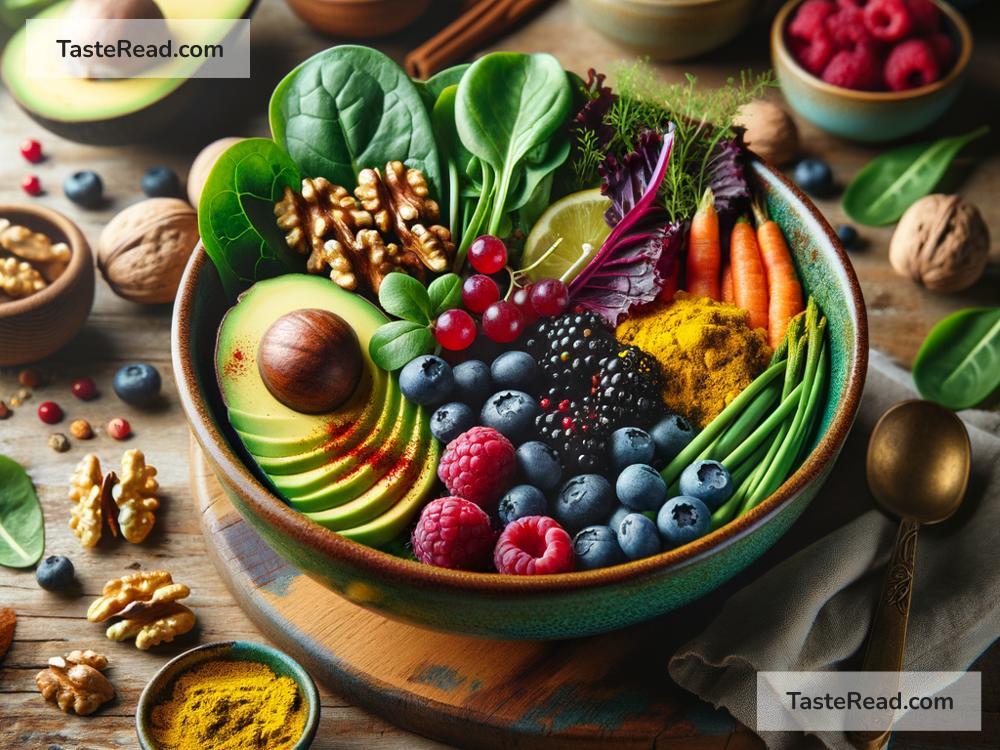Foods for Improving Stem Cell Function: Supporting Cellular Health Through Your Diet
Stem cells are often called the “building blocks” of our body. They play a crucial role in repairing, healing, and regenerating tissues, so keeping them healthy is important for overall wellness. Stem cell function can decline as we age, but did you know that what you eat can support these amazing cells? In this article, we’ll explore nutrient-packed foods that may help boost stem cell function and promote healing and regeneration — all explained in simple language.
Why Are Stem Cells Important?
Stem cells are unique because they can become different types of cells and help repair damaged tissues. For example, if you get injured or your organs need maintenance, stem cells get to work to fix things. They also help keep your immune system strong.
However, stem cells need the right environment to function optimally. Researchers have found that inflammation, oxidative stress (damage caused by unstable molecules called “free radicals”), and poor nutrition can harm stem cells. The good news is that certain foods can support their health and function.
Top Foods to Support Stem Cell Function
Let’s look at a list of foods that promote stem cell health by reducing inflammation, fighting free radicals, and providing essential nutrients:
1. Leafy Greens
Spinach, kale, and Swiss chard are stars when it comes to boosting stem cell function. These vegetables are rich in antioxidants, such as vitamin C and beta-carotene, which help protect cells from damage. Leafy greens also contain magnesium, a mineral that can reduce inflammation and promote cellular health.
How to eat them: Add spinach to your morning smoothie or enjoy a kale salad with some olive oil for a nutrient-packed meal.
2. Berries
Berries like blueberries, strawberries, and raspberries are loaded with antioxidants, especially polyphenols and anthocyanins. These compounds help stem cells thrive by protecting them from oxidative stress. They also boost the production of new cells and support healthy tissue repair.
How to eat them: Snack on fresh berries, sprinkle them over yogurt, or blend them into a smoothie.
3. Fatty Fish
Omega-3 fatty acids, found in fatty fish like salmon, mackerel, and sardines, are ideal for stem cell health. They reduce inflammation throughout the body and help provide a supportive environment for your cells. Omega-3s also protect stem cells during stressful conditions and promote their ability to regenerate tissues.
How to eat them: Bake or grill a piece of salmon and serve it with steamed veggies or rich whole grains for a balanced and nutritious meal.
4. Nuts and Seeds
Almonds, walnuts, chia seeds, and flaxseeds are excellent sources of healthy fats, vitamins, and minerals that protect stem cells. These foods are loaded with vitamin E and other antioxidants that reduce inflammation and oxidative stress. They also support brain and heart health, which indirectly benefits stem cells.
How to eat them: Grab a handful of nuts and seeds for a snack, or sprinkle chia seeds on cereal or oatmeal.
5. Green Tea
Rich in polyphenols and catechins, green tea is a powerful beverage for cellular health. The antioxidants work to protect and support stem cell function by reducing oxidative stress. Some studies suggest that green tea may also stimulate the production of new stem cells.
How to drink it: Swap your daily coffee for green tea or enjoy a warm cup in the afternoon.
6. Turmeric
Turmeric contains an active compound called curcumin, widely known for its anti-inflammatory properties. Curcumin protects stem cells from harmful inflammation and free radical damage, helping them work better. For people looking to promote healing, turmeric may be especially helpful.
How to eat it: Add turmeric to soups, stir-fries, or smoothies. Pair it with black pepper to increase absorption in your body.
7. Cruciferous Vegetables
Vegetables like broccoli, cauliflower, and Brussels sprouts contain sulforaphane, a plant compound with detoxifying and anti-inflammatory benefits. Sulforaphane helps create a healthy environment that allows stem cells to do their job efficiently.
How to eat them: Steam or roast these veggies for dinner, or toss them in a fresh salad.
8. Whole Grains
Whole grains like oats, quinoa, and brown rice are rich in fiber and nutrients that promote gut health. You might wonder how gut health is connected to stem cells, but your gut produces compounds that reduce inflammation and support stem cell activity.
How to eat them: Replace white bread and refined grains with whole-grain versions for breakfast, lunch, or dinner.
9. Dark Chocolate
Good news for chocolate lovers! Dark chocolate (but choose one with at least 70% cacao) contains flavonoids, which are powerful antioxidants. These can help improve blood flow and protect stem cells from damage.
How to eat it: Enjoy a piece of dark chocolate as a treat or mix cacao powder into your smoothie.
A Balanced Diet Is Key
While specific foods are great for supporting stem cell function, the key is balance. Eating a variety of nutrient-dense foods ensures your body gets everything it needs to create a healthy environment for stem cells. Avoid processed foods, sugary drinks, and excessive alcohol, as these can harm stem cells and slow down their ability to repair and regenerate.
Final Thoughts
Your food choices have the power to help your body heal, repair itself, and even slow the effects of aging. By including the foods mentioned above in your diet, you’re not just eating for taste — you’re actively supporting your stem cells and overall health. The more you focus on whole, nutrient-rich foods, the better your body will function across the board.
Make small changes, stay consistent, and your stem cells will thank you! Healthy cells, healthy you.


